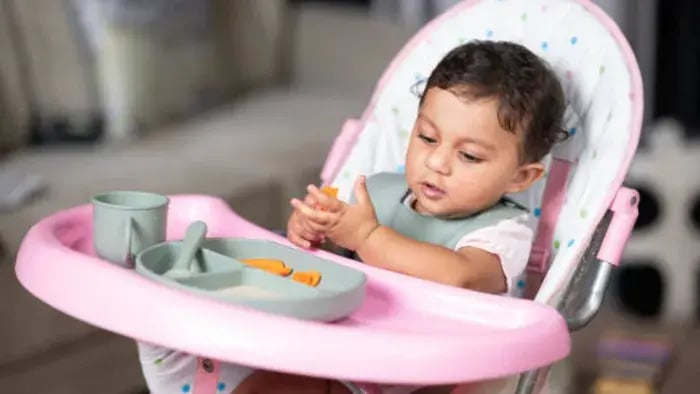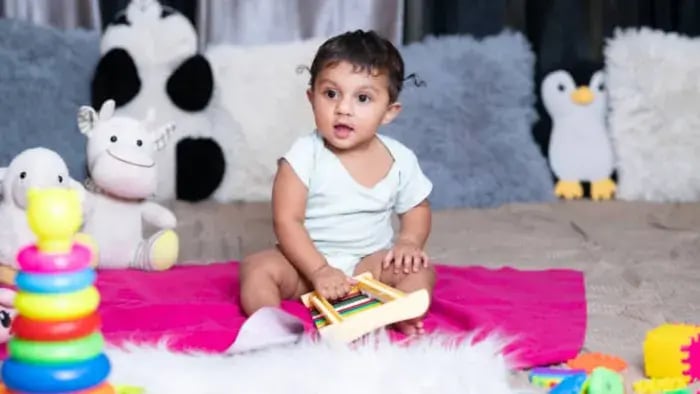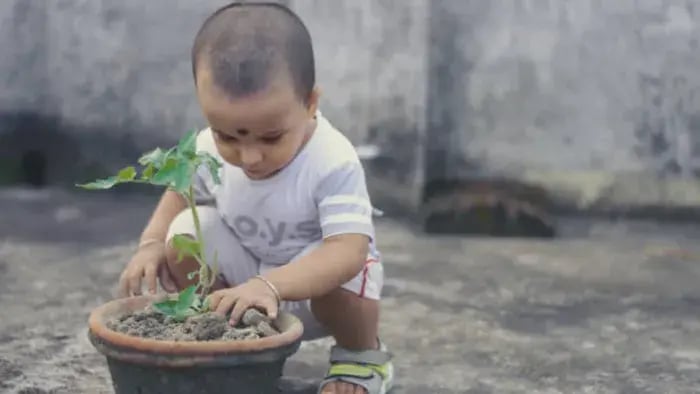- Secure Furniture to Walls
- Cover Electrical Outlets
- Install Corner Guards and Edge Bumpers
- Lock Cabinets and Drawers
- Keep Choking Hazards Out of Reach
- Supervise Bath Time and Lock Bathrooms
- Install Stair Gates
- Anchor TVs and Appliances
- Keep Emergency Contacts Visible
Introduction

Your home may be the safest place for your child, but it can also be full of small risks you might not have noticed until something happens. A curious toddler will pull on loose wires, climb unstable furniture or open cabinets full of things they should not touch. For growing kids, everyday areas like the kitchen or bathroom can become accident zones if not managed thoughtfully. That is why it is so important to set up your home with safety in mind from the very beginning.
Child safety at home is about being aware, proactive and prepared for how children move, explore and learn. It is also about finding simple ways to balance protection with independence, so your child can grow with freedom but within a safe environment. From smart storage hacks to choosing the right materials for everyday use, small changes can make a big difference.
Whether you are a first-time parent setting up a nursery or have older kids who just need a few reminders, this guide will help you look at your home with new eyes. It is not just about avoiding accidents, it is about creating a space where children can move, play and grow with confidence, and you can have more peace of mind.
9 Smart, Simple Ways To Childproof Your Home Without Stress

Making your home safe for your child is not just about keeping them away from sharp corners or covering electric sockets. It’s about being aware, consistent and adjusting your environment as your child grows. These hacks might seem small, but when combined, they build a strong foundation of daily protection. Each point below is a practical way to make your home safer, without taking away your child’s joy of discovery.
Secure Furniture to Walls
Securing bookshelves, cupboards and heavy furniture to walls using brackets or safety straps prevents tip-overs. Especially for toddlers who are learning to stand or climb, this one step can prevent serious injuries. It also gives you peace of mind as your child moves around the house.
Cover Electrical Outlets
Use plug protectors or safety covers on all unused electrical outlets, especially those within your child’s reach. It only takes seconds for a child to insert a metal object into an open socket, so this simple change can be life-saving.
Install Corner Guards and Edge Bumpers
Whether it’s the coffee table or your bed frame, add soft guards and bumpers to prevent painful bumps and bruises. Choose ones that stick securely and match the furniture so they do not get pulled off easily.
Lock Cabinets and Drawers
Install child-proof latches on cabinets that store cleaning products, medicines, knives or anything else that could harm. Even low kitchen drawers that seem harmless can have sharp tools or small objects that can be a choking hazard.
Keep Choking Hazards Out of Reach
Be aware of buttons, coins, beads, and small toys, check play areas and under furniture regularly. Make sure toys for older siblings are stored separately if they have small detachable parts.
Supervise Bath Time and Lock Bathrooms
Never leave a young child unattended in the bathtub, even for a second. Consider installing a lock or a safety knob on the bathroom door to prevent unsupervised access, especially to the toilet and cleaning supplies.
Install Stair Gates
Secure the stairs, use gates at both top and bottom of stairs, and choose hardware-mounted gates for the top for extra stability. This will prevent falls and keep kids where you can see them.
Anchor TVs and Appliances
Flat-screen TVs and heavy appliances should be anchored to the wall to prevent tip-overs. Don’t place toys or remotes on top of the TV to prevent kids from trying to reach them.
Keep Emergency Contacts Visible
Stick emergency numbers on the fridge or near the phone. Include numbers for your pediatrician, nearest hospital and poison control. Older kids should know how and when to call for help.
Conclusion

Child safety at home is about preparation, awareness and small consistent actions. These are not about making your house childproof forever, they are about creating a supportive, safe space that adapts as your child grows. As a parent, your calm presence and consistent habits play the biggest role in helping your child understand their environment. Safety starts not with locks and guards but with love, attention and thinking ahead.
Her love for storytelling began with reading her grandfather’s speeches, where Tarishi saw the power of words in creating lasting memories. Combining her passions for food and writing, she has turned her life into a fulfilling path of sharing stories that celebrate flavours and how food brings communities together.
The views expressed are that of the expert alone.
The information provided in this content is for informational purposes only and should not be considered a substitute for professional medical advice, diagnosis, or treatment. Always seek the advice of your physician or another qualified healthcare provider before making any significant changes to your diet, exercise, or medication routines.
















